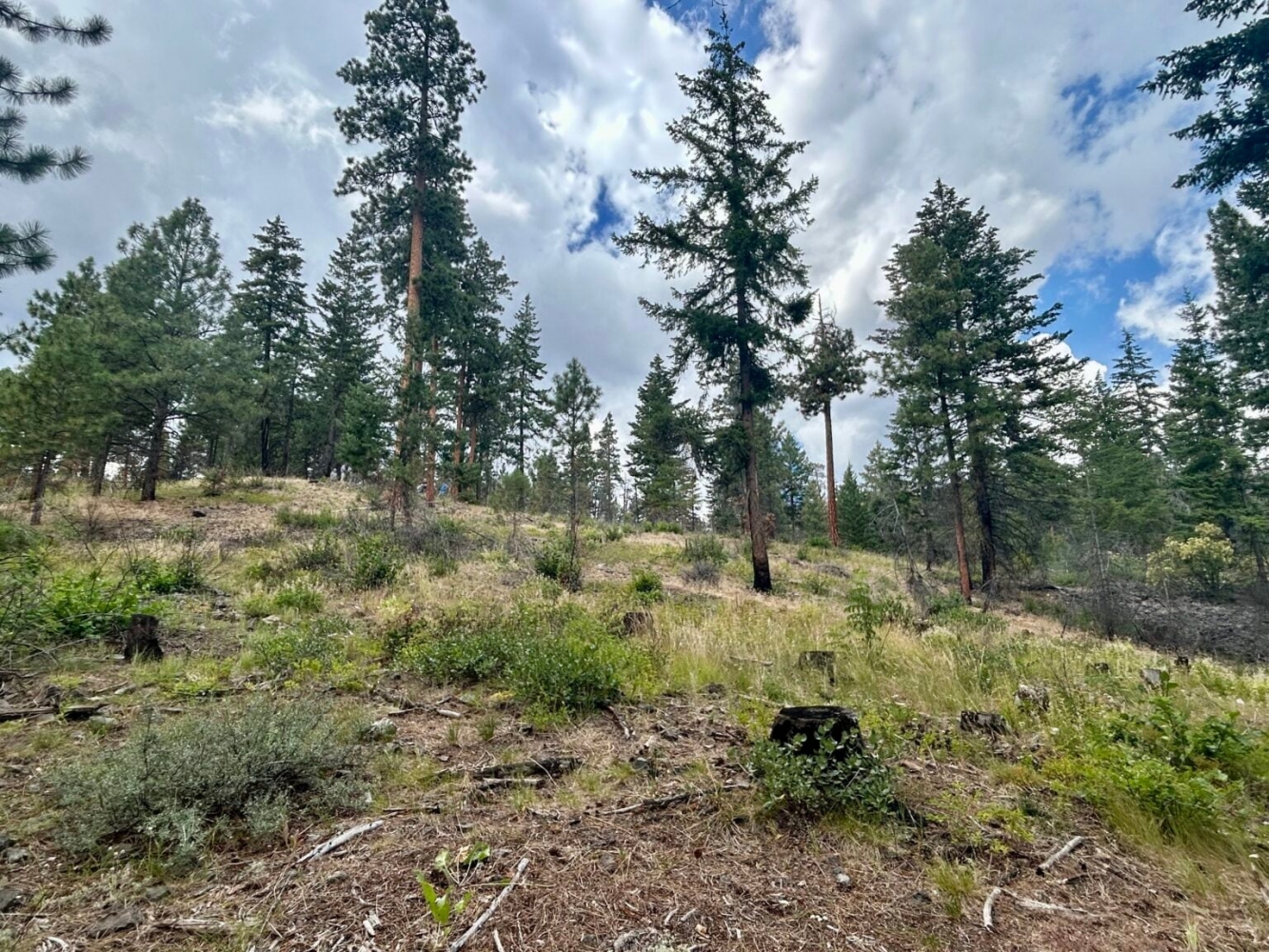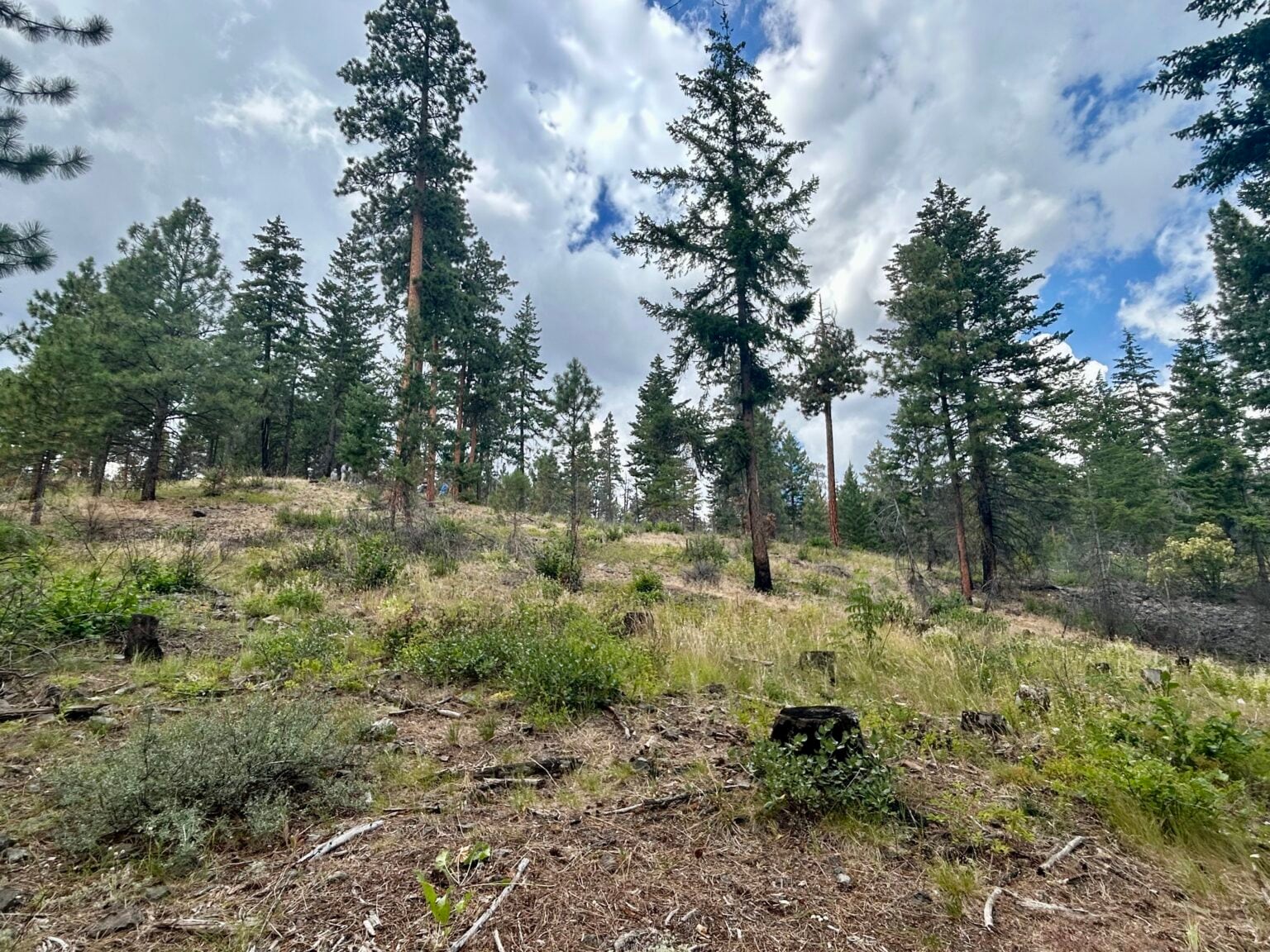

Published on: 07/27/2025
This news was posted by Oregon Today News
Description
If state funding for forest health and wildfire prevention isn’t ramped back up in the next legislative session, it could hinder efforts to prevent severe fires in the coming years, Washington’s top public lands official and others warned this week.
The state Legislature approved House Bill 1168 in 2021, which committed $500 million over eight years to the state Department of Natural Resources for wildfire preparedness and response.
State spending had largely kept up with that target until this year, with the department receiving $115 million in the last two-year budget and $130 million in the one before that.
Then this year, as lawmakers confronted a budget shortfall, they slashed the wildfire preparedness funding to just $60 million for the next two years.
The Department of Natural Resources says it’s prepared for this fire season and has money left over from past years. But the funding rollback has sparked concerns.
Lands Commissioner Dave Upthegrove raised the alarm this week during a press conference near the Burdoin Fire in the Columbia River Gorge.
As Oregon’s wildfire risk map dies, Washington creates its own
As of Friday, that fire had burned 11,269 acres on both sides of Highway 14 east of White Salmon and was just 13% contained. The blaze had also led to the closure of Highway 14 and other roads, and evacuation orders for hundreds of residents.
“If next year’s supplemental budget does not restore some of that funding, we’re going to see more fires like this, they’re going to be larger, and they’re going to cost the taxpayers a lot more money in the back end,” Upthegrove said during a press conference with Gov. Bob Ferguson.
Ferguson stopped short of calling for the funding to be boosted, but thanked the Legislature for the funds it did provide.
“This is a reminder of the need for those resources … they’re truly making a big difference right now as we understand it from the experts here on the ground,” Ferguson said.
The Department of Natural Resources has worked since receiving the dedicated wildfire preparedness funding in 2021 to thin out flammable vegetation in forests around the state.
But there’s plenty more to be done, both for fire mitigation and fire recovery, and the reduced funding is “not going to allow us to do as much work as we normally do,” said Collin Haffey, post-fire recovery program manager for the department.
Haffey spoke during a tour of the Rimrock Retreat Fire area in the Yakima Valley this week. The fire burned roughly 46,600 acres over a month last year, between Rimrock Lake and Tieton in the Yakima Valley, after starting at a cabin.

The visit highlighted the department’s post-fire recovery efforts, as well as the pre-fire actions that officials say helped to significantly reduce the harm the fire caused the local ecosystem and surrounding community.
While the fire burned severely in some areas, the damage wasn’t as bad in the Oak Creek drainage due to forest management actions the Department of Natural Resources took before the fire, officials said.
Using House Bill 1168 funding, the Department of Natural Resources thinned trees and conducted prescribed burns in that area.
The goal with this kind of work is to restore a historically natural mix of clearings and densely forested areas, creating what forest scientists call a mosaic pattern. This can reduce the risk of high-intensity fires while also better supporting biodiversity than forests that get too dense.
And when wildfires do burn on land that’s been treated in this way, it can be beneficial rather than catastrophic.
“This fire in the Oak Creek drainage, in terms of the impacts on forests and on wildlife overall, was good,” said Derek Churchill, a scientist with the Department of Natural Resources.
“Now this watershed is in pretty good condition, at least for another 10 or 15 years, where we have really low fuel loads and lower fire risk,” he said.
In contrast, areas in the footprint of the Rimrock Retreat Fire that weren’t pretreated suffered from high-severity burns that damaged the soil and decimated the vegetation.
Burns like this in that part of the state can end up converting forest habitat to a shrub steppe — at least for years to come, Churchill said. The scorched land can also invite invasive species and is at higher risk of landslides.
“If you lose your big trees in a fire like this, we’ve lost them for, I won’t say forever, but for a long time,” Churchill said. “These soils will come back eventually, but it definitely takes a lot longer when you cook the soil like this.”
Washington State Standardis part of States Newsroom, a network of news bureaus supported by grants and a coalition of donors as a 501(c)(3) public charity.
This republished story is part of OPB’s broader effort to ensure that everyone in our region has access to quality journalism that informs, entertains and enriches their lives. To learn more, visit opb.org/partnerships.
News Source : https://www.opb.org/article/2025/07/27/washington-state-funding-wildfires/
Other Related News
07/27/2025
President Trump said he struck a trade deal with the European Union on Sunday after talks ...
07/27/2025
Oregons lone Republican US Rep Cliff Bentz spent little time discussing the potential impa...
07/27/2025
EDINBURGH Scotland AP The United States and the European Union reached a tariff deal Sund...
07/27/2025
Our second Deep Listening session happens this afternoon Led by Kevin Lay of Cascadia Comp...
07/27/2025








